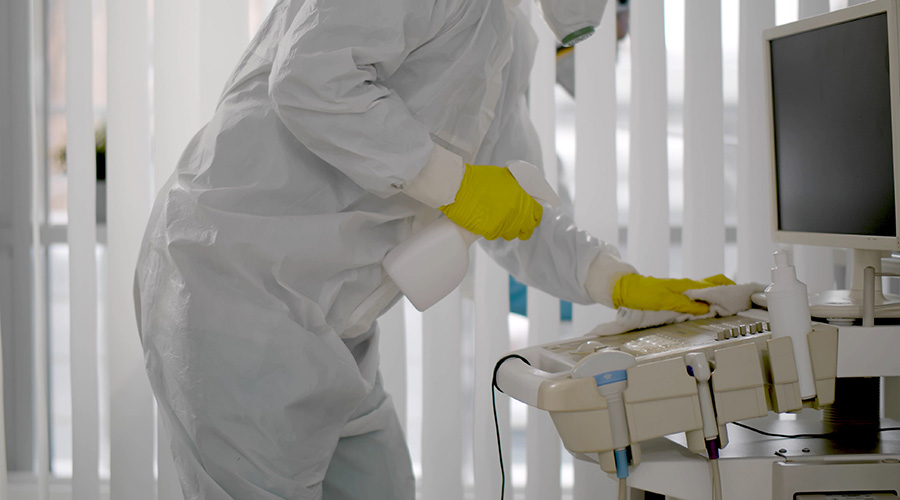From the design side of healthcare facilities, the metaverse and digital twins are generating a great deal of interest and experimentation. These emerging technologies enable designers to replicate facilities in different locations with limited disruption. Meanwhile, these new technologies also allow for a more hands-on approach from hospital officials. With digital renderings, healthcare facilities managers can interact more, suggest enhancements and see the changes in real-time.
“Clients have responded positively to the use of rendering technologies, as it allows them to further interact and understand the environments we are designing for them,” says Aran A. McCarthy, president of FCA. “Placing the end users inside the environment with as much interaction as possible is the end goal of all design experiences. Many leading universities have created domes into which the users enter, and the technology allows a 360-degree projection to encompass the person inside. The use of virtual reality goggles to experience design will be short-lived and replaced with interactive metaverse-based technologies.”
Technology is broadly influencing the way healthcare facilities operate, and that influence begins in the design and visualization stages. McCarthy says architects have relied heavily on the ability to communicate designs throughout the years by using software. For example, software such as Unreal Engine can place the user in the actual design, enhancing the experience with real-world visualization. However, the metaverse will allow for interactions that can enhance patient care to the fullest. McCarthy says in the future, the technology will let users feel temperature and texture and conduct assessments remotely.
Related Content: Metaverse and Healthcare: A Technological Partnership That Has Already Begun
“We are still a long way from a scenario where a remote telemedicine experience will replace a true caregiver interaction,” McCarthy says. “The largest advances will be in artificial intelligence and its ability to diagnose and transmit data to other locations. Buildings, including homes, are being outfitted with sensor technology right down to the mattresses and toilets, and the collections and analysis of this information will help inform both patients and caregivers. Hospitals should be prepared to collect and store enormous quantities of data and analytics and should invest in the technology that will allow them to monetize these assets, for both their own patients and the sharing between health systems and researchers.”
The challenge for managers is to prepare their staffs. Educating employees on the way these services will benefit their day-to-day work will be one of the strategies that matters the most. Learning and using these practices allows employees to focus on more important tasks and put less strain on their bodies.
McCarthy believes that hospitals and other healthcare facilities have some time before they have to adjust to the metaverse.
“The most obvious preparation is to ensure that their cabling and information technology infrastructure is built for the future that is coming,” McCarthy says. “The metaverse is expected to be a multi-billion-dollar industry in the next 10 years, so infrastructure investments will be needed to handle the vast quantities of data.
“Beyond the infrastructure, I believe it's still too early in the development of the metaverse technology for it to require dedicated spaces, beyond learning and advanced simulation labs, which exist today. There are companies actively working and seeking investors on the healthcare side to bring this virtual experience to the forefront, but it exists mainly in wearable technology.”
Mackenna Moralez is the associate editor of the facilities market.

 Why Identity Governance Is Becoming a Facilities Management Issue
Why Identity Governance Is Becoming a Facilities Management Issue Habitat Health Opens South Los Angeles PACE Center
Habitat Health Opens South Los Angeles PACE Center Denton County MHMR Center Suffers a Data Breach
Denton County MHMR Center Suffers a Data Breach What Every EVS Leader Needs To Know
What Every EVS Leader Needs To Know Blackbird Health Opens New Clinic in New Jersey
Blackbird Health Opens New Clinic in New Jersey